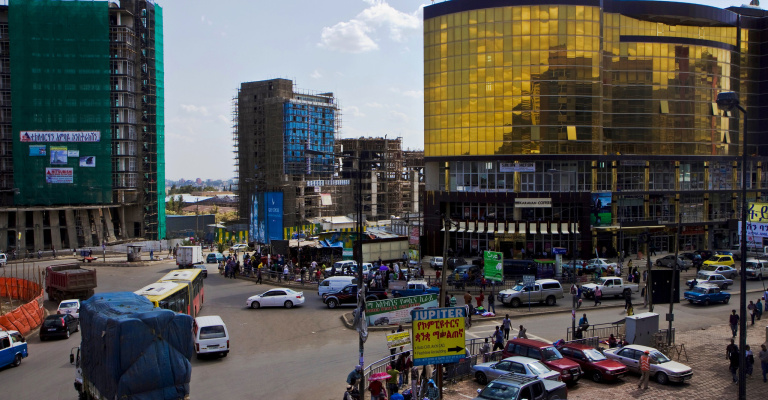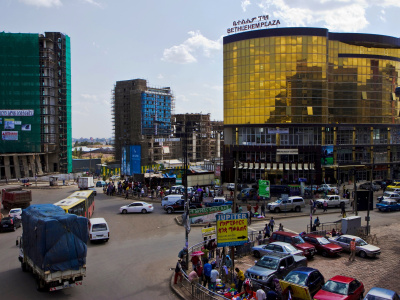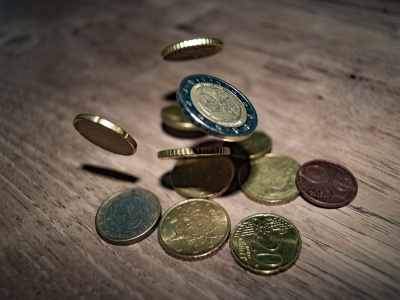
What is the European External Investment Plan really about?
The EIP is a most opportune and timely initiative. Yet, to be really successful, the EIP will need to have a systemic impact on the way the European institutions and their partners effectively manage to work together in a more coherent and complementary manner.
This page is also available in French
Summary
Leveraging more impactful private investments will be key to addressing current development challenges and for promoting sustainable development in line with the UN 2030 Agenda. Raising to the challenge of addressing the root causes of migration, creating decent jobs and fostering sustainable and inclusive growth, the European Union (EU) launched at the end of 2017 the European External Investment Plan (EIP). Building on the EU’s over-a-decade long experience with blended finance (notably in their regional blending facilities), it intends to use aid in a ‘smarter’ and more strategic way to spur sustainable private investments by providing a new guarantee mechanism, tailored technical assistance and dedicated action to promote the investment climate. Perhaps even more importantly, the EU aims to do so by taking a comprehensive and integrated approach, combining financial and non-financial support to address current shortcomings and increase the overall effectiveness and coherence of the EU support.
The EIP intends to respond to the need to be more ambitious in terms of mitigating risk and fostering greater development impact through blended finance, in particular in least developed and more fragile countries. It will seek to do so by harnessing the potential of (mainly European, but not only) development finance entities, giving them additional tools (blended finance, guarantees, technical assistance) to do more and better while enhancing the enabling environment. Five priority areas are covered under dedicated investment windows: renewable energy, Micro, Small and Medium Enterprises financing, sustainable agriculture, sustainable cities and digitalisation for sustainable development.




